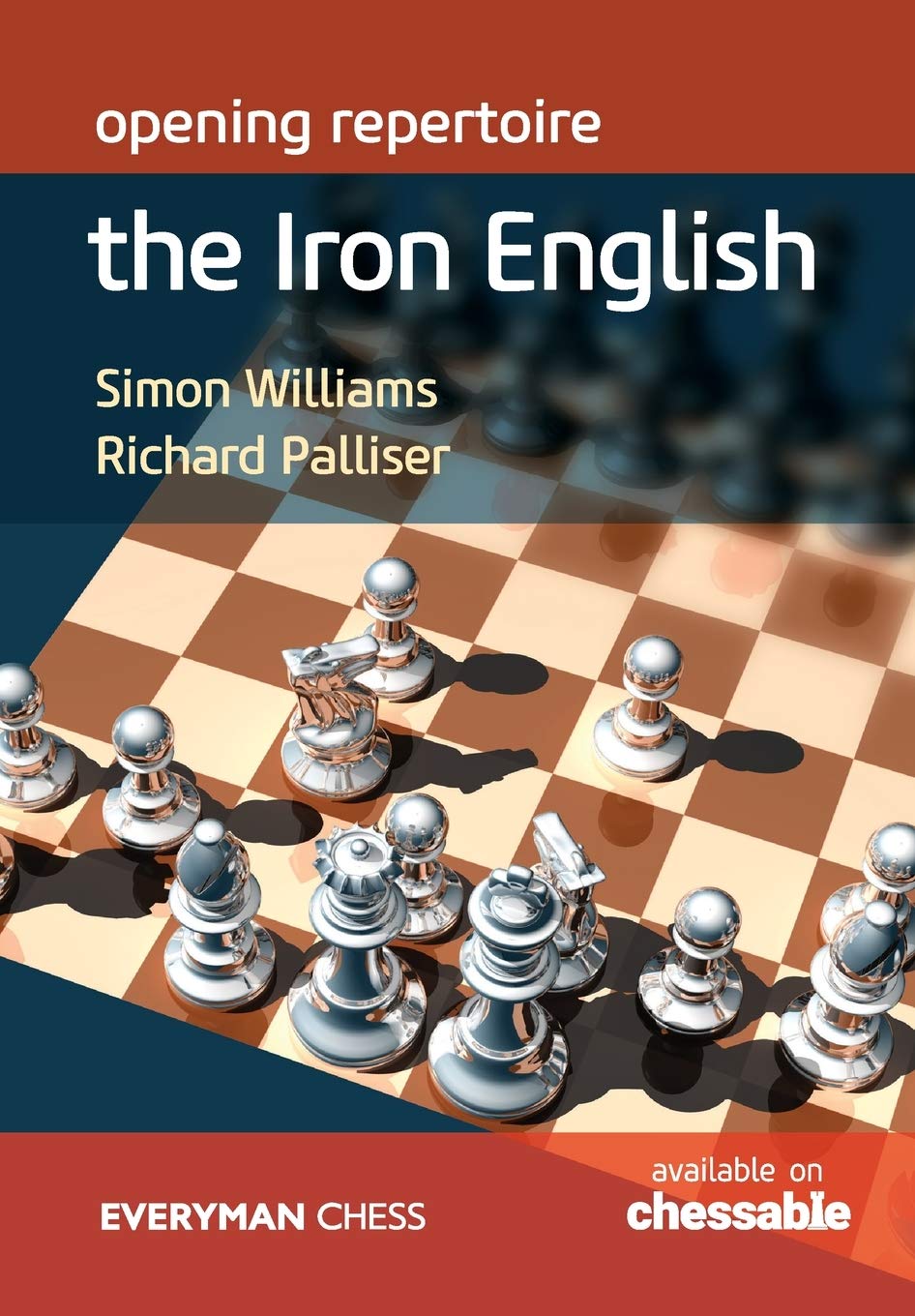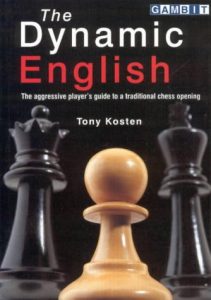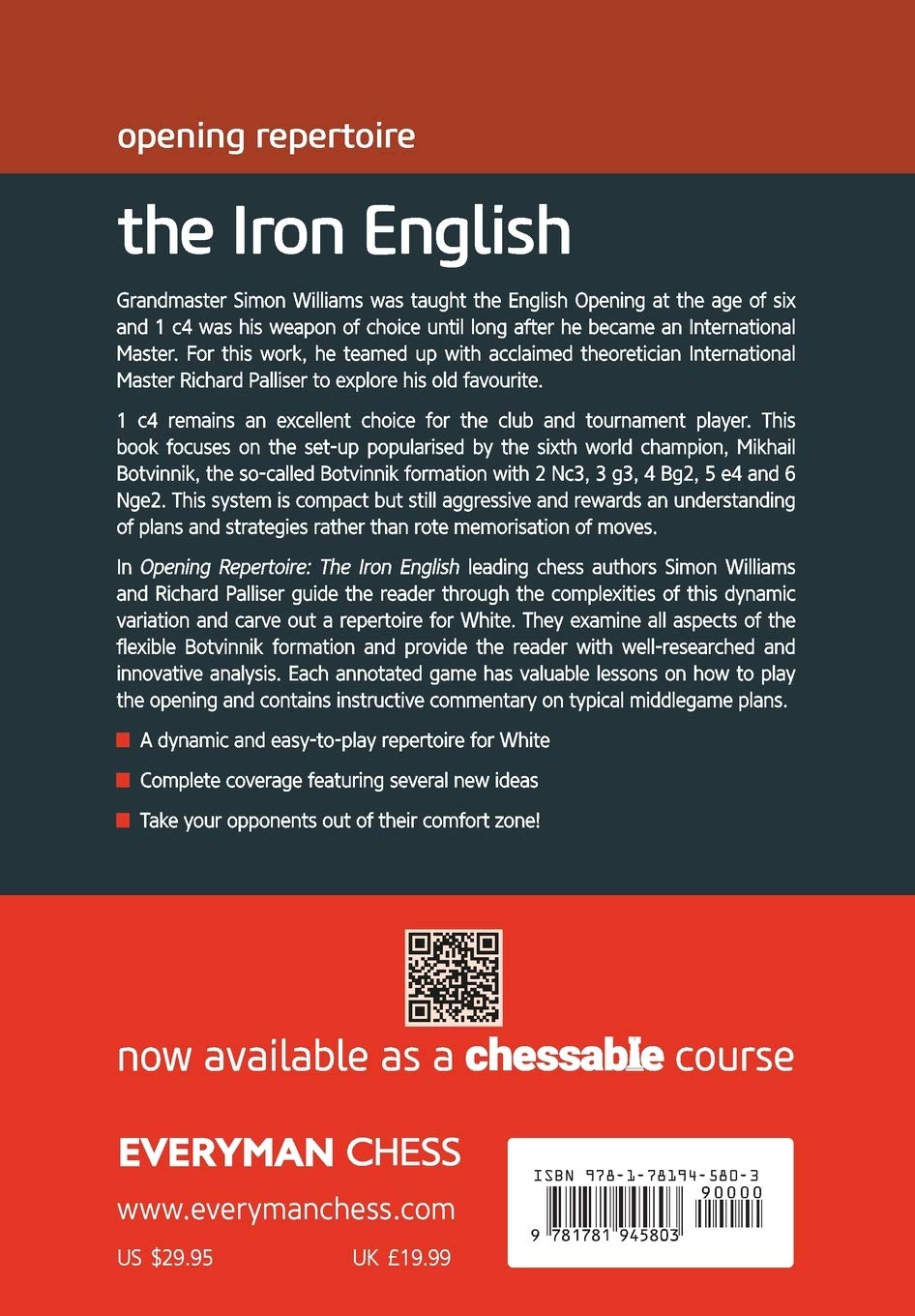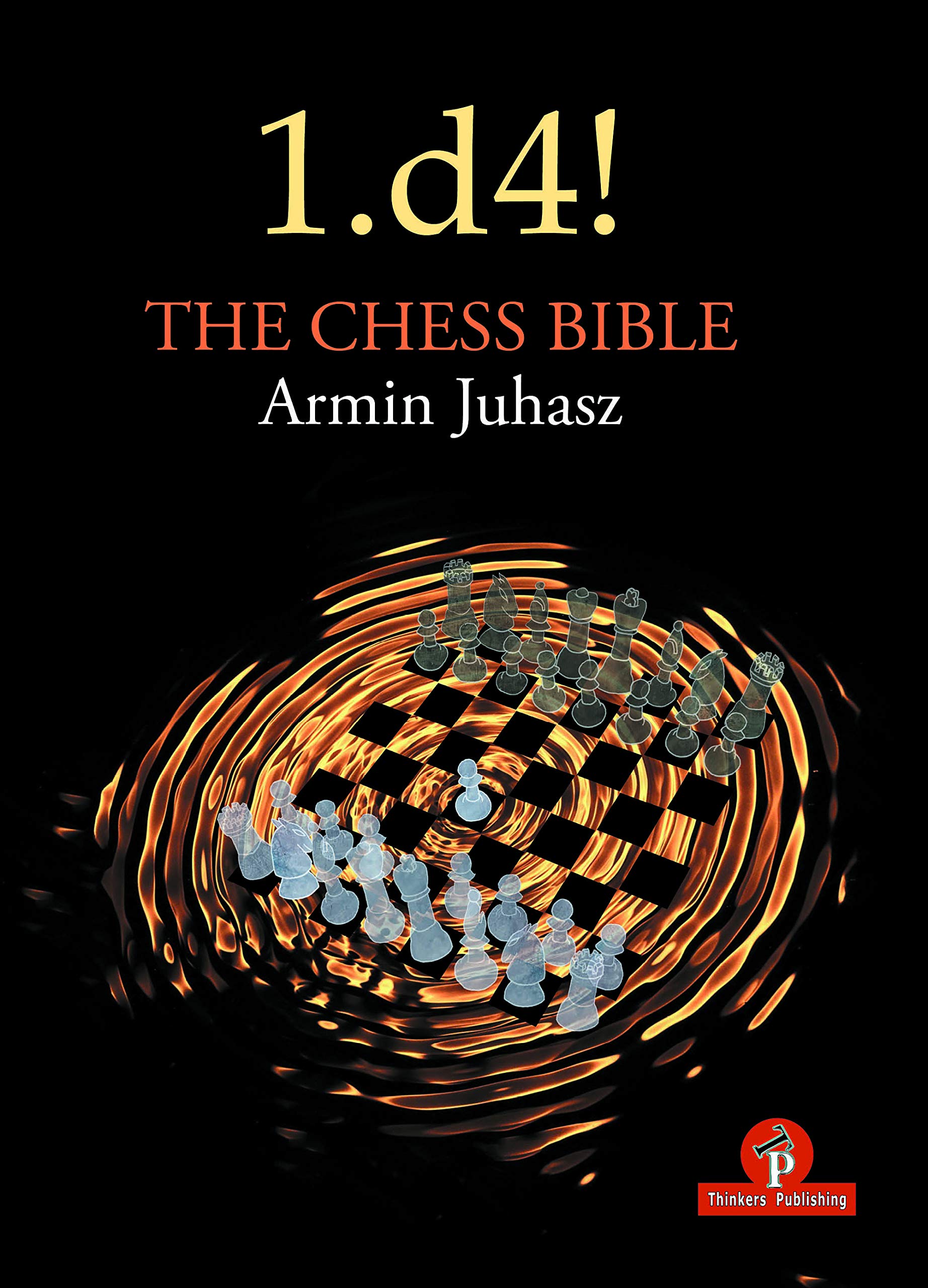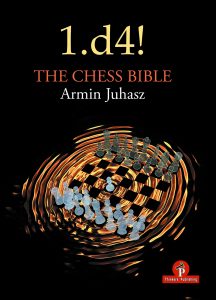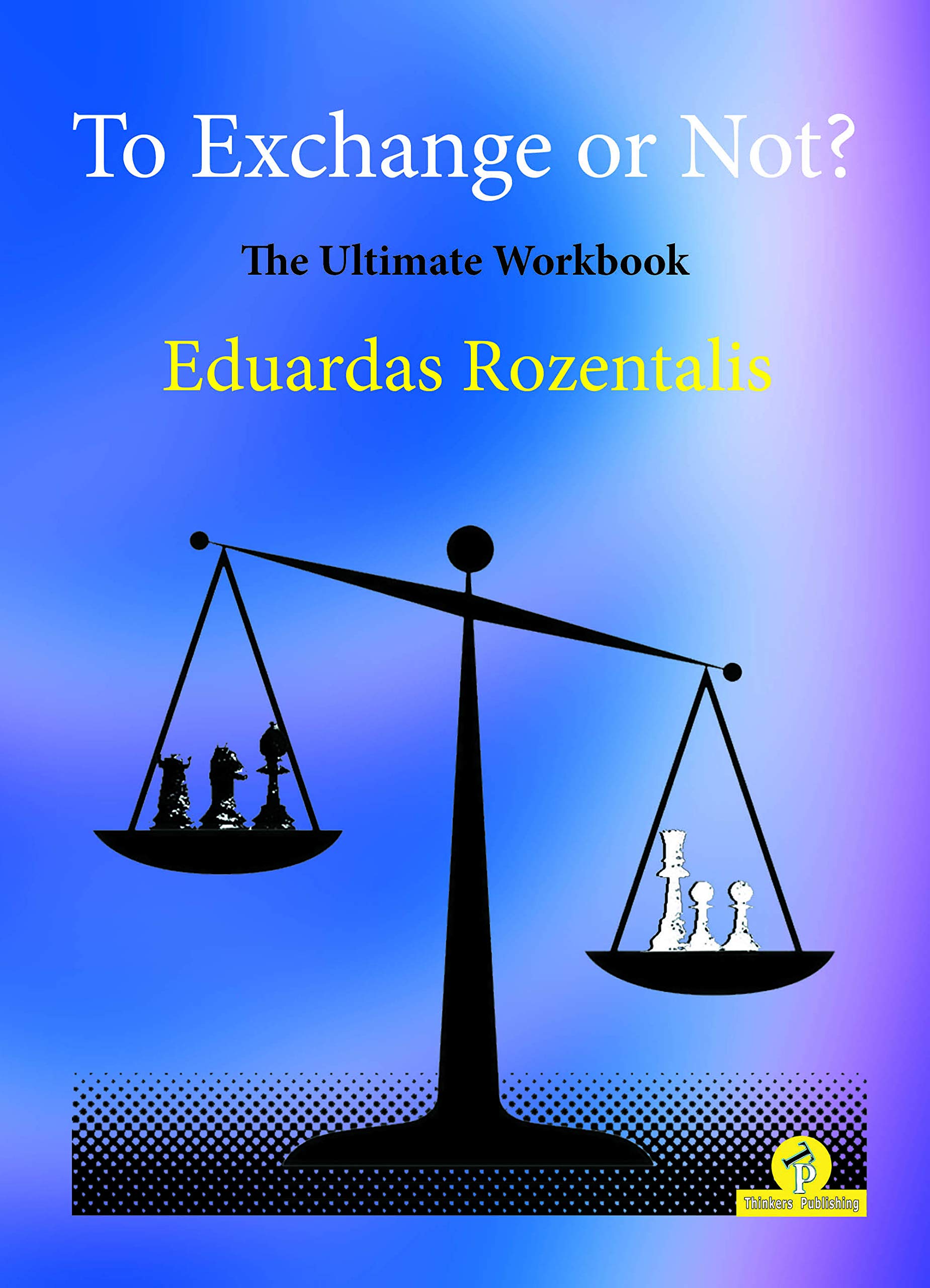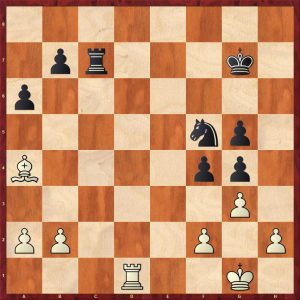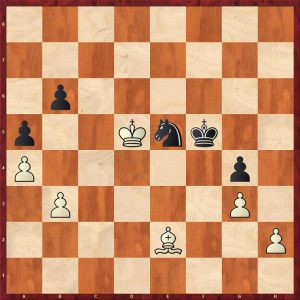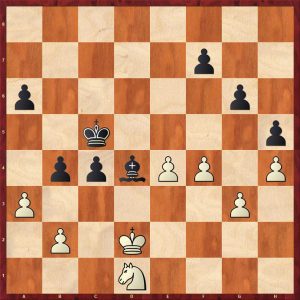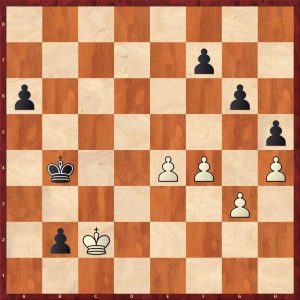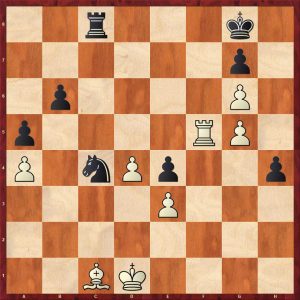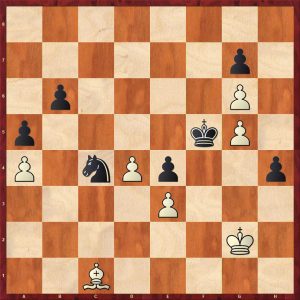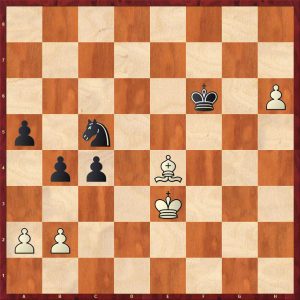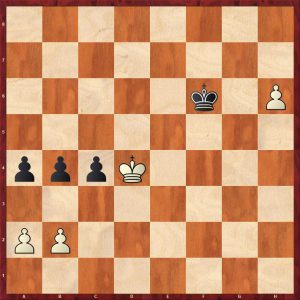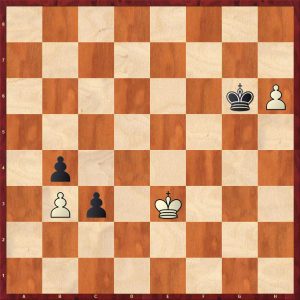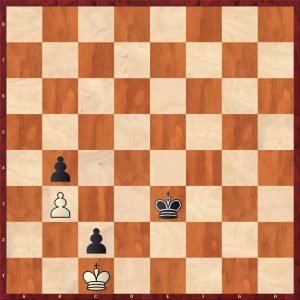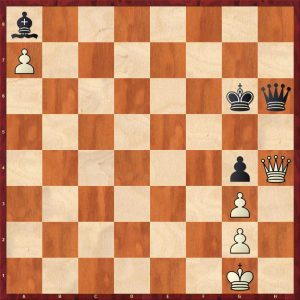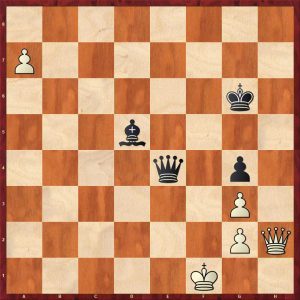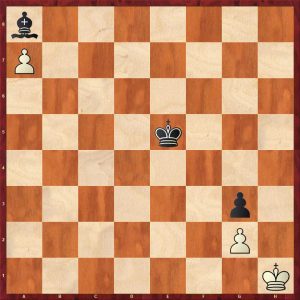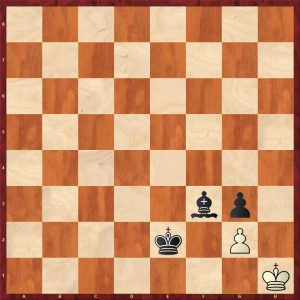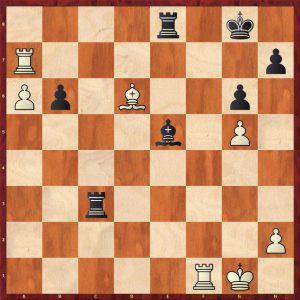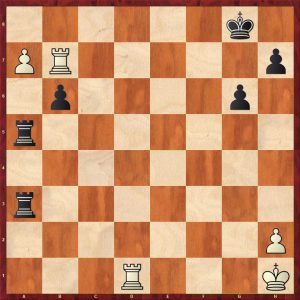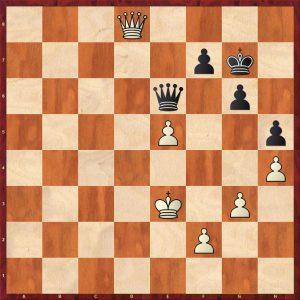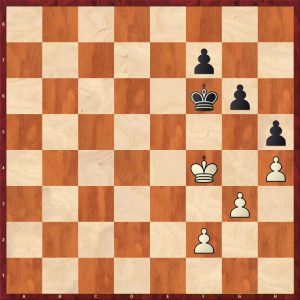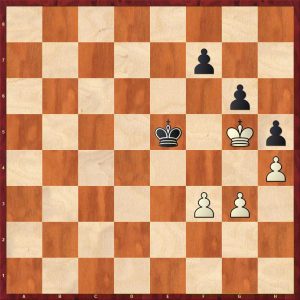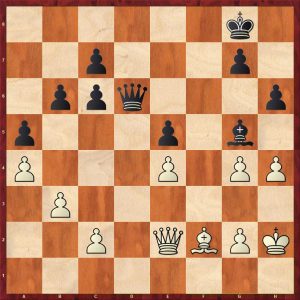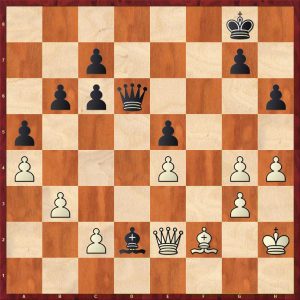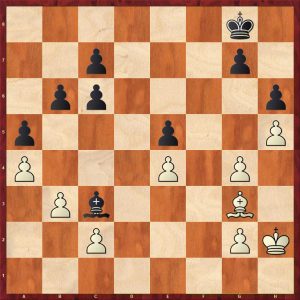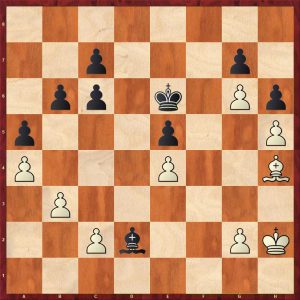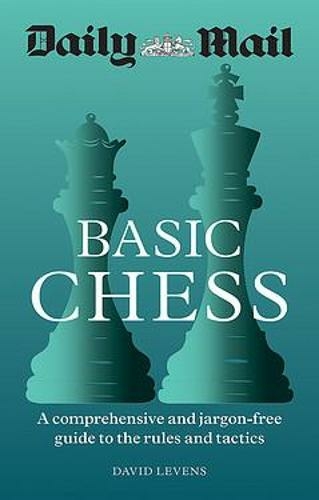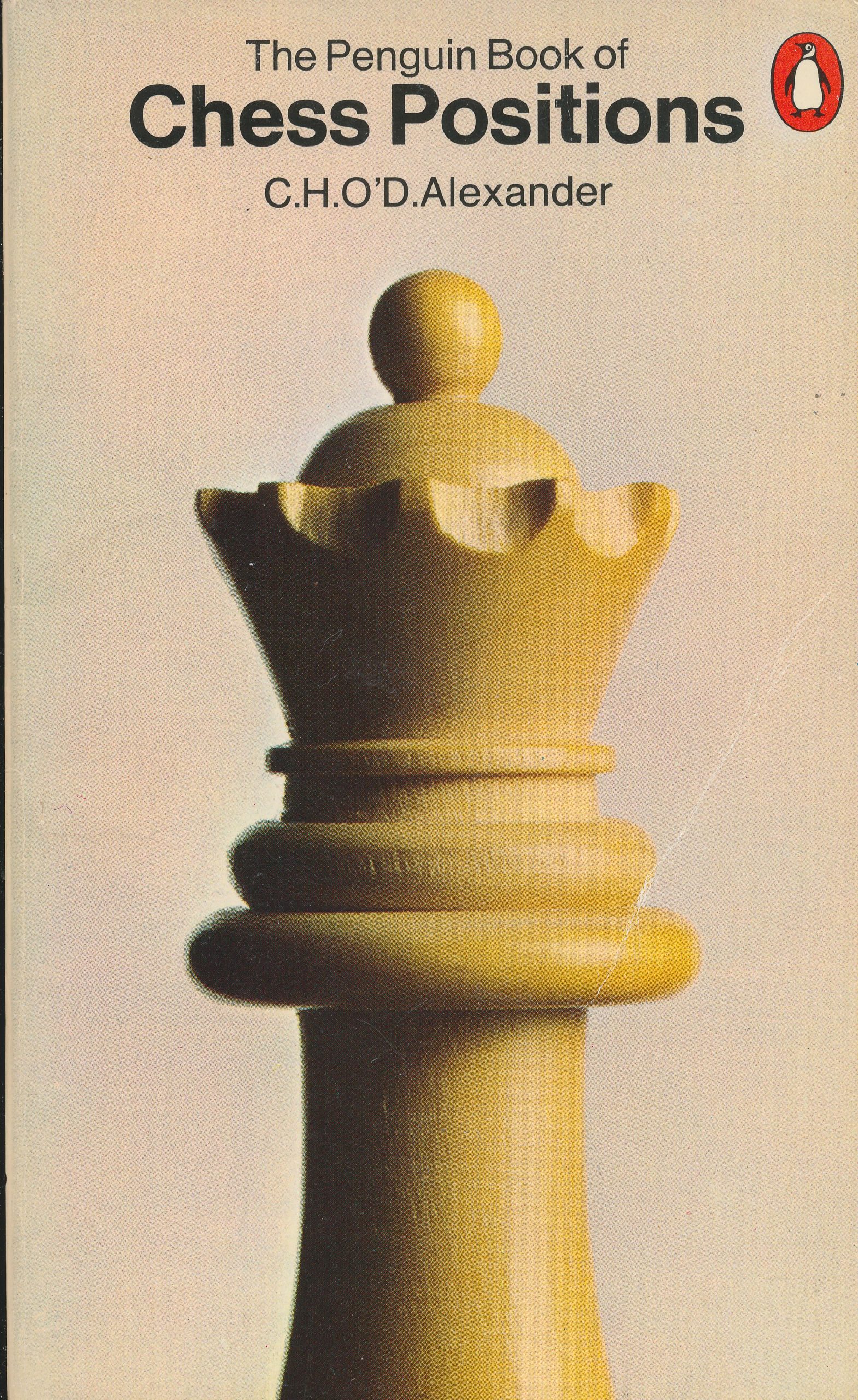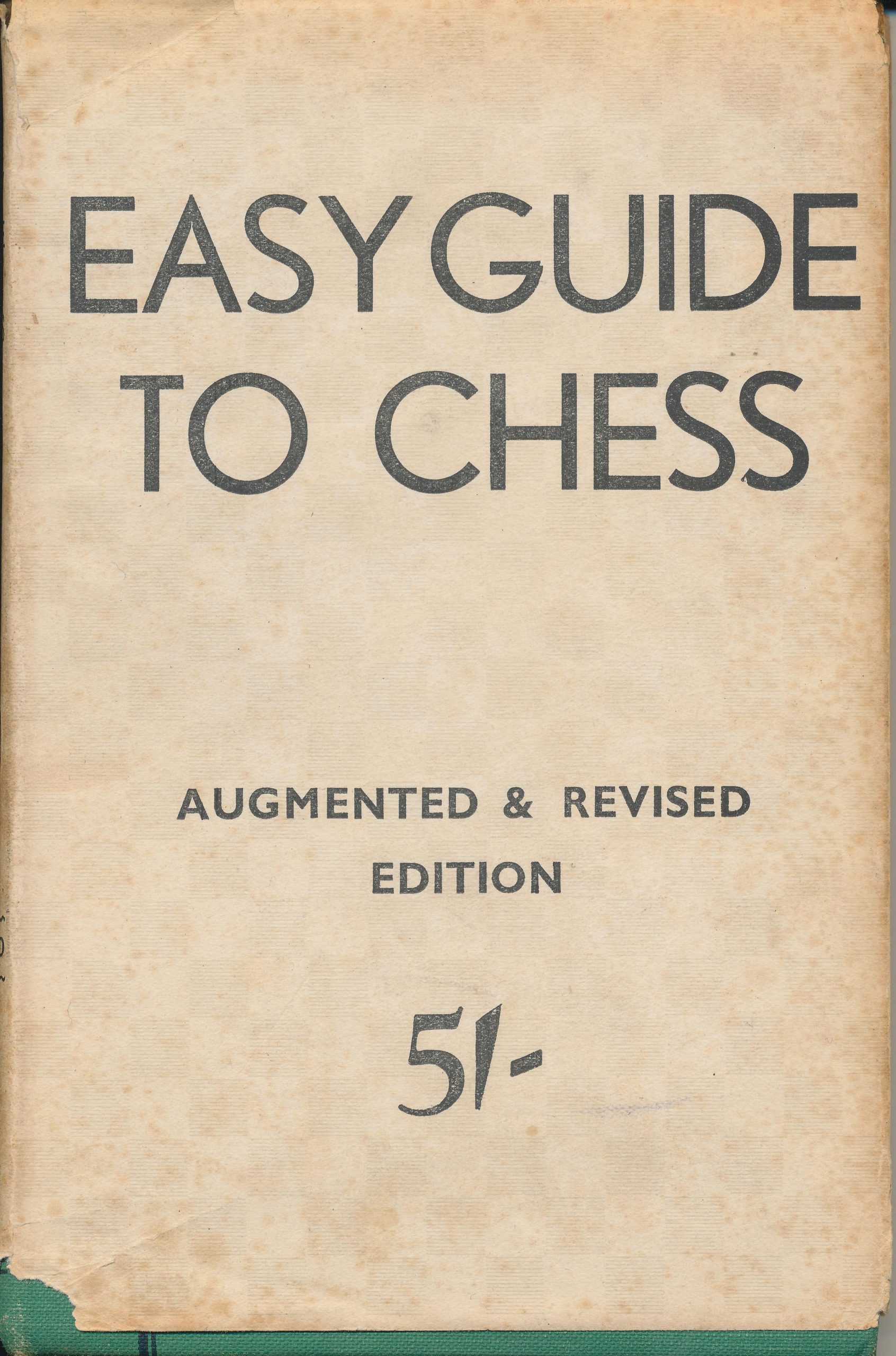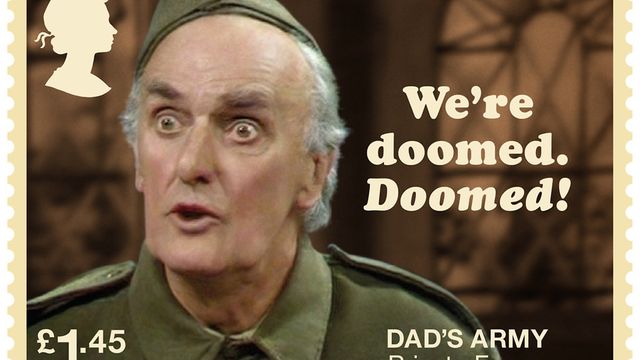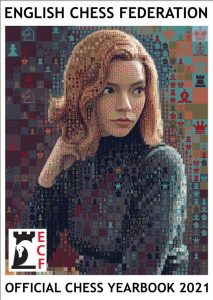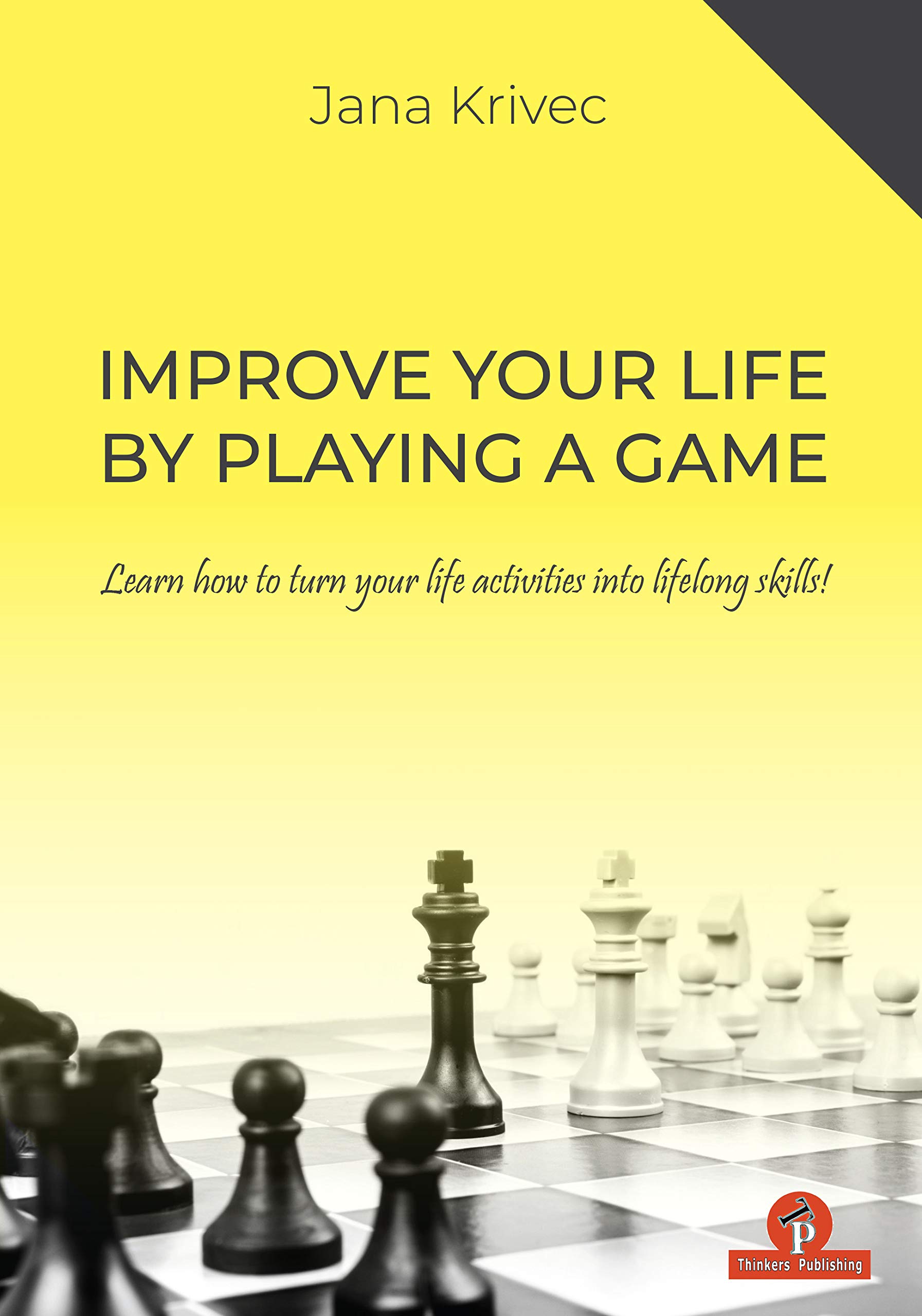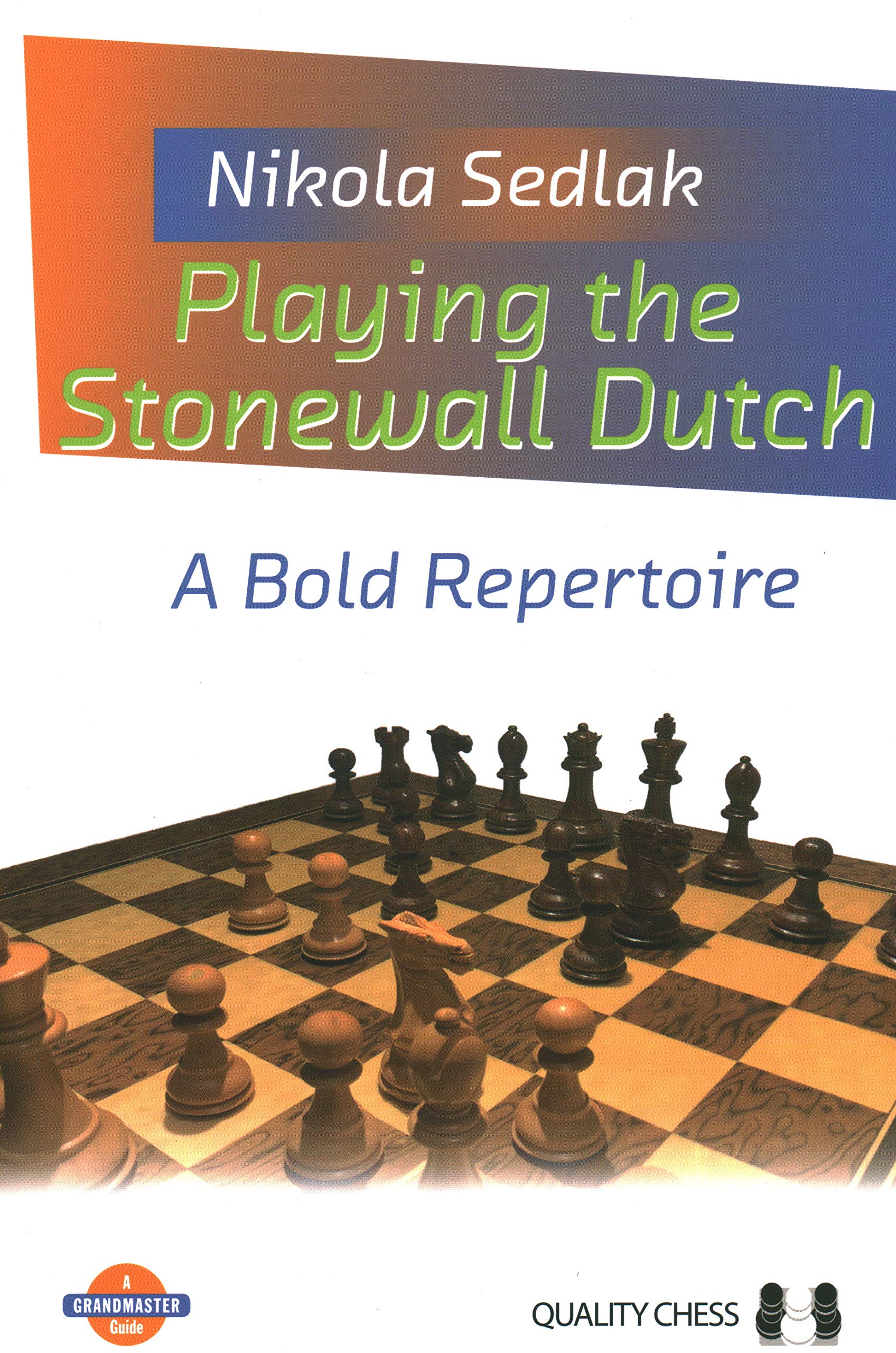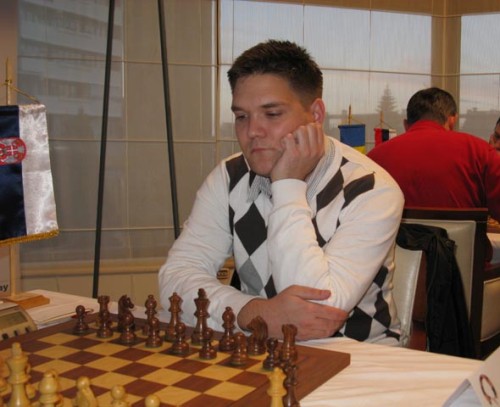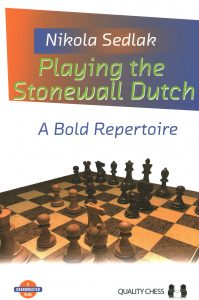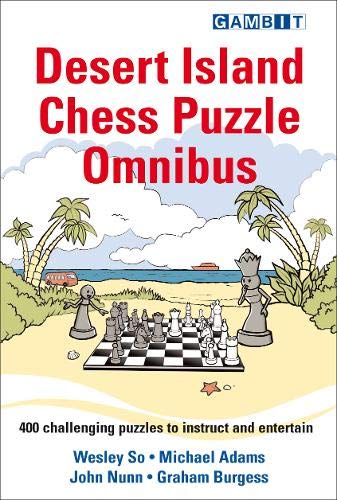
From the publisher:
“If you had to choose a single luxury chess item to take to a desert island, then how about this: a superb selection of 400 puzzles to solve? Each author has carefully chosen 100 original positions, graded by difficulty and theme into four sections of 25. The emphasis throughout is on entertainment, instruction and inspiration. The solutions pinpoint lessons to be learnt and explain why plausible but incorrect solutions fail.”
“This book is written by an all-star team of authors. Wesley So is the reigning Fischer Random World Champion, the 2017 US Champion and the winner of the 2016 Grand Chess Tour. Michael Adams has been the top British player for the last quarter of a century and was a finalist in the 2004 FIDE World Championship. John Nunn is a three-time winner of both the World Solving Championship and the British Chess Federation Book of the Year Award. Graham Burgess is Gambit’s Editorial Director and the author of 30 books.”
End of blurb…
Before we dig in we suggest you take at look at this video about the book from John Nunn himself.
We all love puzzle books and this book is no exception. This excellent, entertaining book is split up into four sections by author:
- Michael Adams
- John Nunn
- Graham Burgess
- Wesley So
Each author supplies 100 puzzles broken up into four chapters which progressively get harder. There are a few specialist chapters such as Graham Burgess’ Opening Themes which is one of my favourite parts.
The reviewer will kick-off by demonstrating some of the puzzle posers from Michael Adams’ section.
Black has just moved his to queen to h5 to offer the exchange of queens. What did he miss?
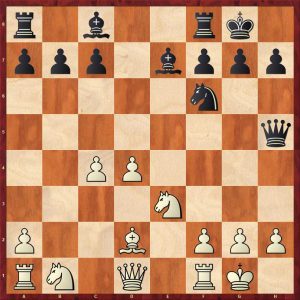
Ray Robson-Eugene Perelshteyn Lubbock 2010
Solution: Black overlooked the stunning rejoinder: 14.Nd5! winning the bishop on e7. Black cannot move his queen to defend the bishop. If black tries 14…Qxd1, the intermezzo 15.Nxe7+ followed by recapturing the queen, wins a piece. Black cannot retreat the bishop with 14…Bd8 as 15.Nxf6+ followed by 16.Qxh5 wins black’s queen.
The next position reminds the reviewer of a game he won with this tactical idea in an early club match as a junior.
White has just played Ra5 going after the a-pawn. What did he overlook?
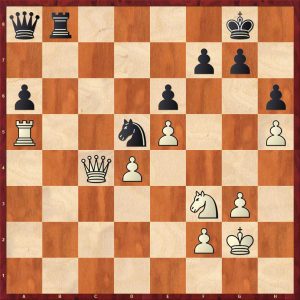
Adams unleashed the devastating 37…Ne3+ exploiting the seventh rook for his rook. After 38. fxe3 Rb2+ white resigned because of 39. Kh3 Qxf3 40. Qc8+ Kh7 followed by a quick massacre of the white king.
In the next position, white has a clear advantage with a big lead in development. White played 20.Qd7 and won easily. Can you spot a quicker and more elegant route to victory?
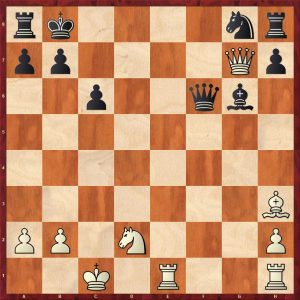
20. Re8+ Bxe8 21.Qg3+ kills black prettily on the diagonals 21…Qe5 22.Qxe5#
In the next position, black is threatening the brutal Rc1#. How does white get the knife in first?
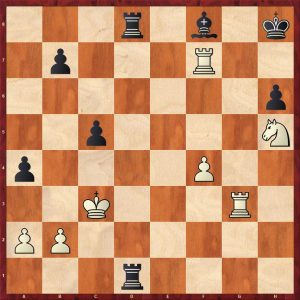
White wins with a common mating pattern: 42.Rh7+ Kxh7 43.Nf6+ Kh8 44.Rg8#
This next position was from a marathon blitz game. White has slowly edged his pawns forward and has just played 215. Re4. What was black’s response to abruptly end the game?
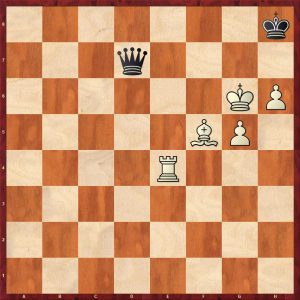
Peter Leko found the incisive 215…Qf7+ 216.Kxf7 stalemate, ending the torture.
In the next puzzle, black has just played Rd8. What was white’s crisp response?
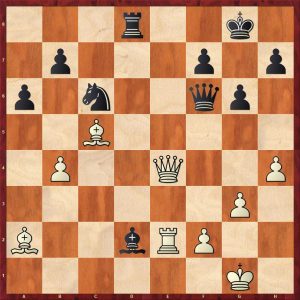
38. Qe8+ mates 38…Rxe8 39.Rxe8+ Kg7 40.Bf8+ Kg8 41. Bh6#
Nigel Short, a brilliant tactician, missed a golden opportunity here. What is white’s best move?
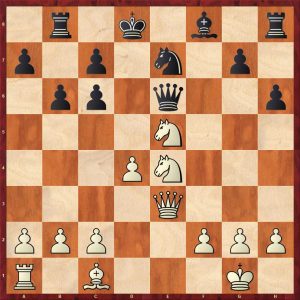
The rampant white knights stomp all over black with 19.Nd6! threatening 20.Nxc6+ and Nf7+ 19…Nd5 (19…Qxd6 20. Nf7+ wins the queen, or 19…cxd6 20.Nc6+ Kd7 21.Nxb8+ also captures the queen) 20.Nxc6+ Kd7 21.Nxb8+ Kxd6 22. Qa3+ c5 23. Bd2 white has a material advantage and a virulent attack.
The next position shows a classic over press in a drawn ending. White has just played his queen from b8 to b2. How did black punish this careless move?
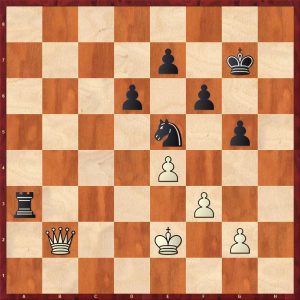
Black used the power of his centralised steed to fork the queen with the knight 65…Re3+! 0-1 After 66.Qxe3 Nc4+ snares the lady, 66. Kd1 Re1+ also captures the queen, similarly 66.Kf1 Re1+ wins
Black has just played the active Rd2. How did white exploit this?
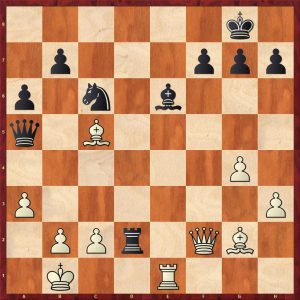
26. Rxe6! exploits the weak back rank. 1-0 as 26…Rxf2 27.Re8# & 26…fxe6 27.Qf8#
In this next position white baled out with a perpetual. How could white win with a beautiful geometrical sequence?
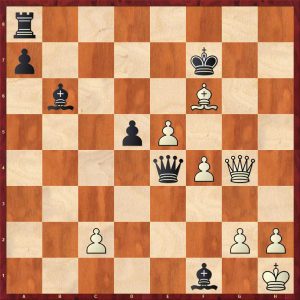
47.Qd7+ Kg6 48.f5+ Qxf5 black’s queen blocks his own king 49.Qg7+ Kh5 50.g4+ Qxg4 once again the queen gets in the way 51.Qh7# Very pretty
The next section is by John Nunn who is a brilliant problem solver having won the world problem solving championship three times. I shall show a couple of beautiful studies from his chapter on Advanced Tactics, Endings And Studies.
White to play and win.
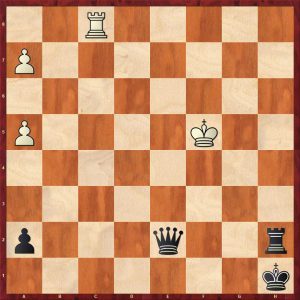
1.Rc1+! The obvious 1.a8=Q+ loses to 1…Kg1 2.Rc1+ Qf1+! 3.Rxf1+ Kxf1 4.Qa6+ Kg1 5.Qg6+ Rg2 6.Qf6 otherwise the pawn queens 6…Rf2+ skewers the queen and wins
1…Qf1+!! (1…Kg2 2.a8=Q+ Qf3+ 3.Qxf3+ Kxf3 4.Rc3+ Ke2 5.Ra3 and white wins the rook ending) 2.Rxf1+ Kg2
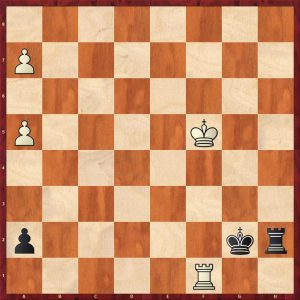
3.Rh1!! (Deflecting either the black king or rook to an inferior square, 3.a8=Q+ loses as above) 3…Kxh1 (3…Rxh1 4. a8=Q+ Kh2 5. Qh8+ followed by Qg8+ winning the dangerous black pawn and the game) 4.a8=Q+ Kg1 (4…Rg2 5.Qh8+ Kg1 6.a6 wins) 5.Qg8+ Rg2 6. Qh8 stopping the pawn and white wins
Here is another brilliant problem. I could not solve this one, but just sit back and enjoy!
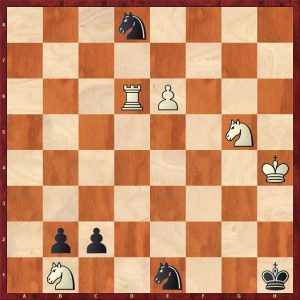
- e7 cxb1=Q 2. e8=Q Nf3+! (To give access to h7 for a black queen) 3. Nxf3 Qh7+ 4. Kg3 b1=Q Black seems to have everything under control with the two queens poised to kill
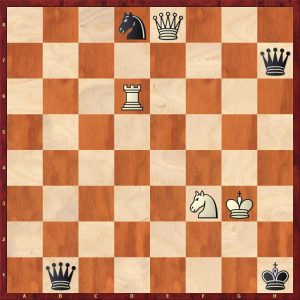
5.Qe4!! Putting white’s queen en prise and forking the two queens. Black cannot take the queen because of a deadly rook check. 5…Qg1+ (5…Qg7+ 6.Ng5+ Qxe4 7.Rd1+ mates) 6.Nxg1 Qxe4 7.Nf3 black has no decent check to avoid mate. 7…Qxf3+ 8.Kxf3 with an easy RvN winning ending as black’s king is stuck in the corner, separated from the knight, for example 8…Nb7 9.Rd7 Nc5 10.Rd5 Ne6 11.Kg3 mating.
Section three is by Graham Burgess. The Opening Themes chapter is an instructive set of puzzles based on tactical possibilities in the opening. The reviewer had not seen these exact positions before, but a lot of the themes are common ideas and traps in the opening.
Black has just played the active and provactive Nb4. How should white deal with the threat to the d-pawn?
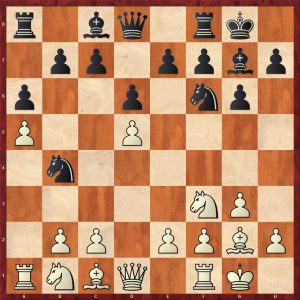
9.c3! Nbxd5 10. e4 and the knight is lost. 9.e4 is also good based on the same idea.
A typical position from the Sicilian. Black has just kicked the bishop with h6, before deciding how to complete his development. How does white cut across this plan?
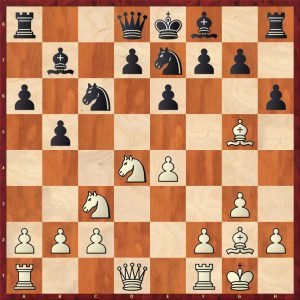
10.Ndxb5! axb5 11.Nxb5 threatening Nd6# d5 12.Bf4! targeting the weak d6 and c7 squares 12…e5 13.exd5 exf4 14.dxc6 Nxc6 15.Re1+ Be7 16.Nd6+ Kf8 17.Nxb7 winning a couple of pawns
Black has just left his d-pawn en prise. Can white take it?
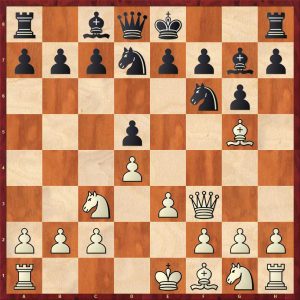
No. After 6.Nxd5?? Nxd5 7.Qxd5 c6! white cannot prevent Qa5+ picking up the bishop on g5. Strange error considering that this was a postal game!
This is a Modern Defence. Black has just unmasked his fianchettoed bishop with Nfd7. White can refute this outright. How?
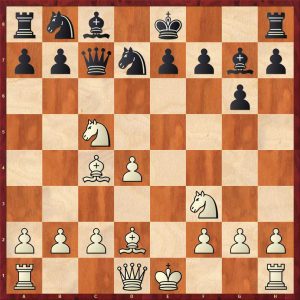
10.Bxf7+ Kxf7 11.Ng5+ Kg8 12.Qf3 Nf6 13.Qb3+ wins, e.g. e6 14.Ncxe6 Qe7 15.0-0 Bxe6 16.Nxe6 Qf7 17.Nc7
Finally an old trap in the Slav Defence. White has just played 12.e4. What is black’s surprising reply?
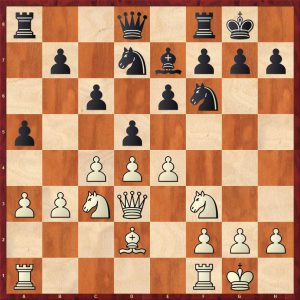
12…Nc5!! 13.dxc5 dxe4 14.Qxd8 (14.Qe3 exf3 is bad for white as well) Rfxd8 white loses back the piece and will be a pawn down 15.Na4 (15.Nxe4 Nxe4 16.Be3 Nxc5 and 15.Be3 exf3 16.gxf3 Rd3 leave black in a superb position) 15…exf3 16.Rfd1 Rd3 with a huge plus.
Finally, I will show a complex king and pawn ending given by Wesley So. Black to play – how does he capitalise on his better pawn structure and better king?
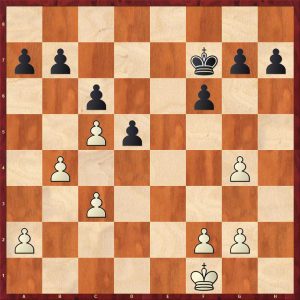
The first few moves are obvious 31…Kg6 32.Ke2 Kg5 33.Kf3 f5 34.gxf5
Now what should black play?
Buy the book to find out.
In summary, this is a superb puzzle book with a varied pot-pourri of problems such as opening traps, pure tactics, attacking ideas, defensive ideas, endings, and studies with a varying degree of difficulty to suit all standards. An excellent book for not just junior training but for players of all standards to hone their tactical skills.
FM Richard Webb, Chineham, Hampshire, 30th April 2021

Book Details :
- Hardcover :320 pages
- Publisher: Gambit Publications Ltd (16 Dec. 2020)
- Language: English
- ISBN-10:1911465651
- ISBN-13:978-1911465652
- Product Dimensions: 17.15 x 1.65 x 24.77 cm
This physical book is also available as an eBook and as an App book from Gambit.
Official web site of Gambit Publications Ltd.


